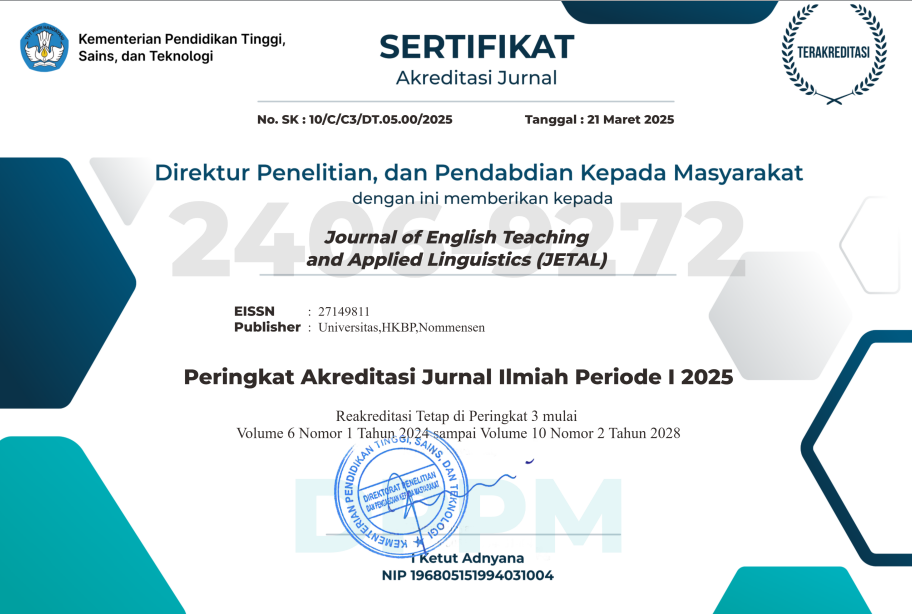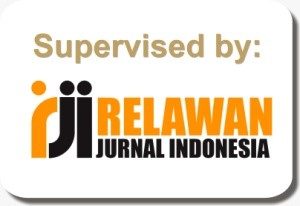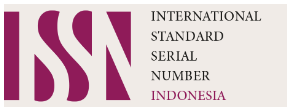A STYLISTIC ANALYSIS OF ADVERTISING DISCOURSE: A CASE STUDY OF COKE COMMERCIAL ADVERTISEMENT
Abstract
This study attempts to examine the many linguistic idioms employed in English-language commercial and coke advertisements on the internet. By gathering five coke advertisements from the internet and using them as documentation, this research employed a qualitative descriptive methodology. Data condensing, data visualization, and conclusion/verification drawing are some of the data analysis techniques employed. As a result of this research, the researcher discovered three language styles used in analyzing the data: comparison, problem solution, hard sell, soft sell, lecture and drama, straightforward style, demonstration, and slice of life. The researchers also discovered three language styles used in coke product advertisements comparison, problem solution, hard sell.
References
Arens, W. (2006). Contemporary Advertising. McGraw Hill/Irwin.
Damayanti, S. E. (2018). A STYLISTIC ANALYSIS OF FIGURATIVE LANGUAGE IN MARIE CLAIRE MAGAZINE’S BEAUTY PRODUCT ADVERTISEMENTS. English Language & Literature Journal, 517-525.
Kasali, R. (2007). Manajemen Periklanan, Konsep dan Aplikasinya di Indonesia. Pustaka Utama Grafiti.
Keraf, G. (2002). Diksi dan Gaya Bahaya. Gramedia Pustaka Utama.
Lesley Jeffries, D. M. (2010). Stylistics . Cambridge: Cambridge University Press.
M, Eugene & Christine E. Lynn. (2015). SOC-200 Research Methods in the Social Sciences: Descriptive Design. Lynn University. Retrieved from: http://lynn-library.libguides.com/researchmethods.
Sinta Putri Amelia Ginting, R. R. (2020). Function of The Language Style Used in Women Commercial Product Advertisements: A Stylistic Analysis of Language. Rainbow: Journal of Literature, Linguistics and Cultural Studies, 187-195.
Wareing, T. (2005). Language, Society, and Power. Routledge.
Wells, W. (1995). Advertising Principle and Practice. A Dulmen and Schuster Company.
Zhou, W. (2018). Stylistic Analysis of English Advertising Language. Atlantis Press: Advances in Social Science, Education and Humanities Research, 399-403
Authors retain copyright and grant the journal right of first publication with the work simultaneously licensed under a Creative Commons Attribution-ShareAlike 4.0 International License (CC BY-SA 4.0) that allows others to share the work with an acknowledgment of the work's authorship and initial publication in this journal.
Authors are able to enter into separate, additional contractual arrangements for the non-exclusive distribution of the journal's published version of the work (e.g., post it to an institutional repository or publish it in a book), with an acknowledgment of its initial publication in this journal.
Authors are permitted and encouraged to post their work online (e.g., in institutional repositories or on their website) prior to and during the submission process, as it can lead to productive exchanges, as well as earlier and greater citation of published work (See The Effect of Open Access).






